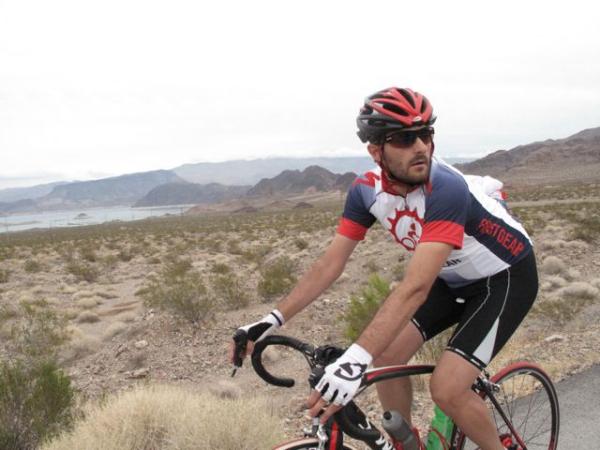How to win Paris-Roubaix
Tactical secrets from Boonen, Hayman, O'Grady and Degenkolb
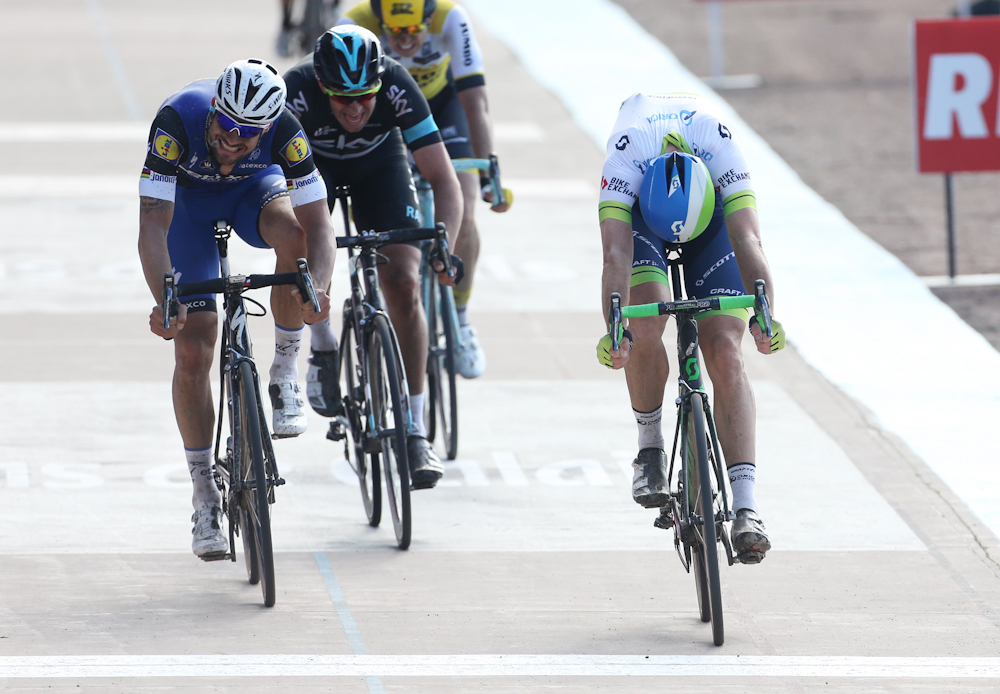
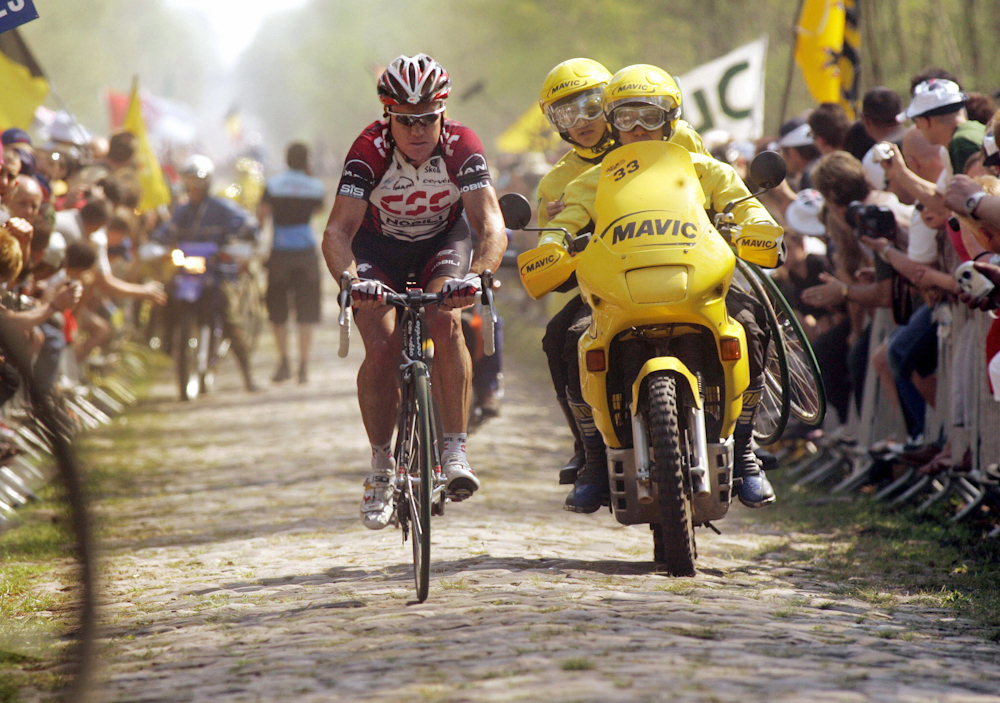
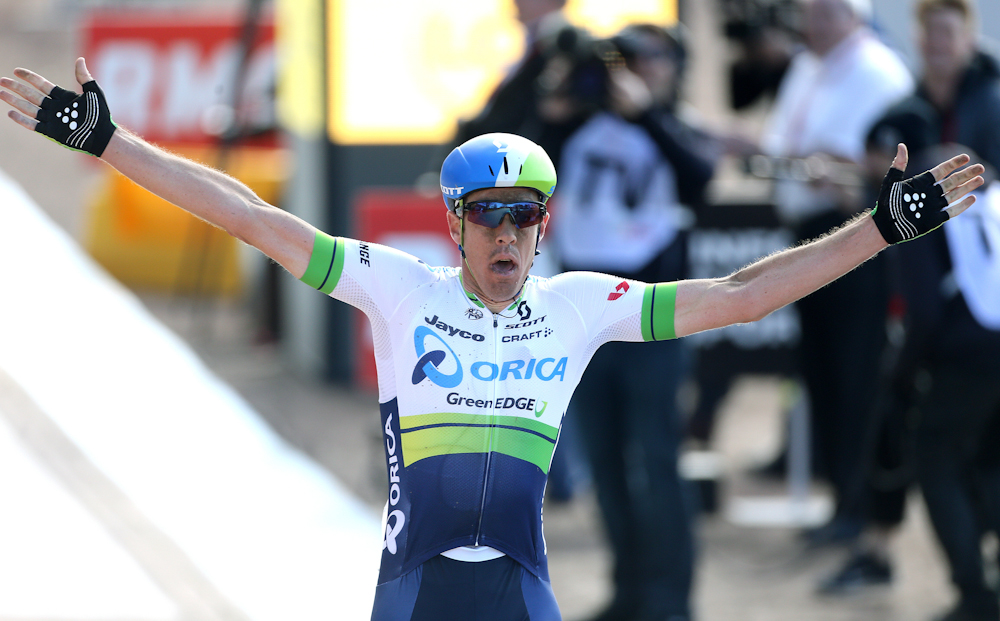
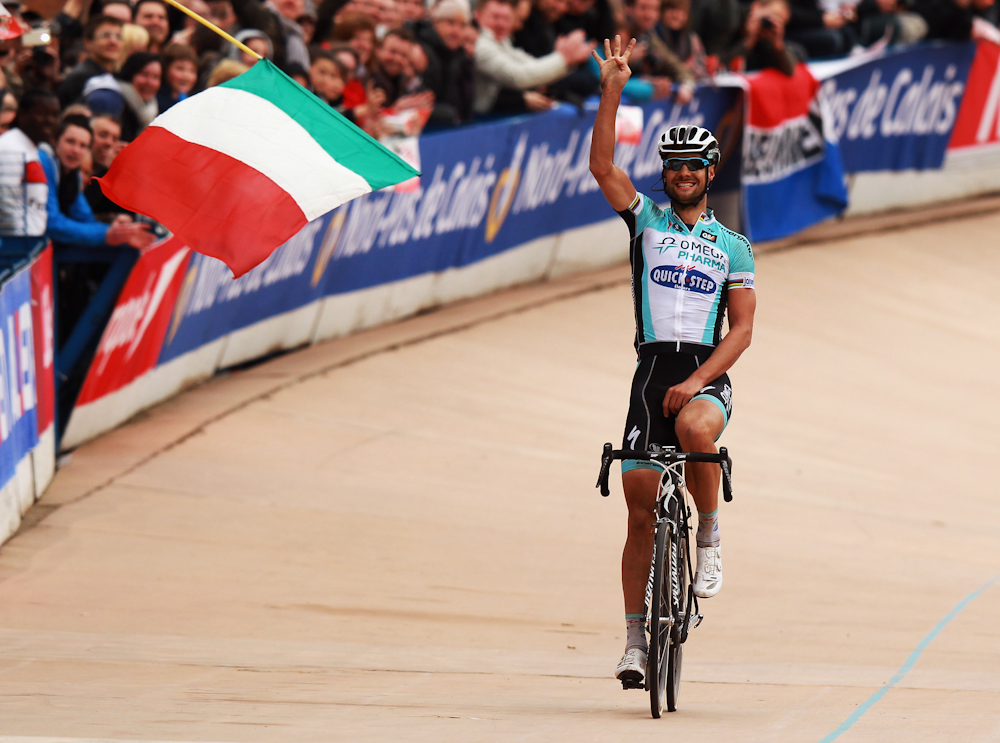
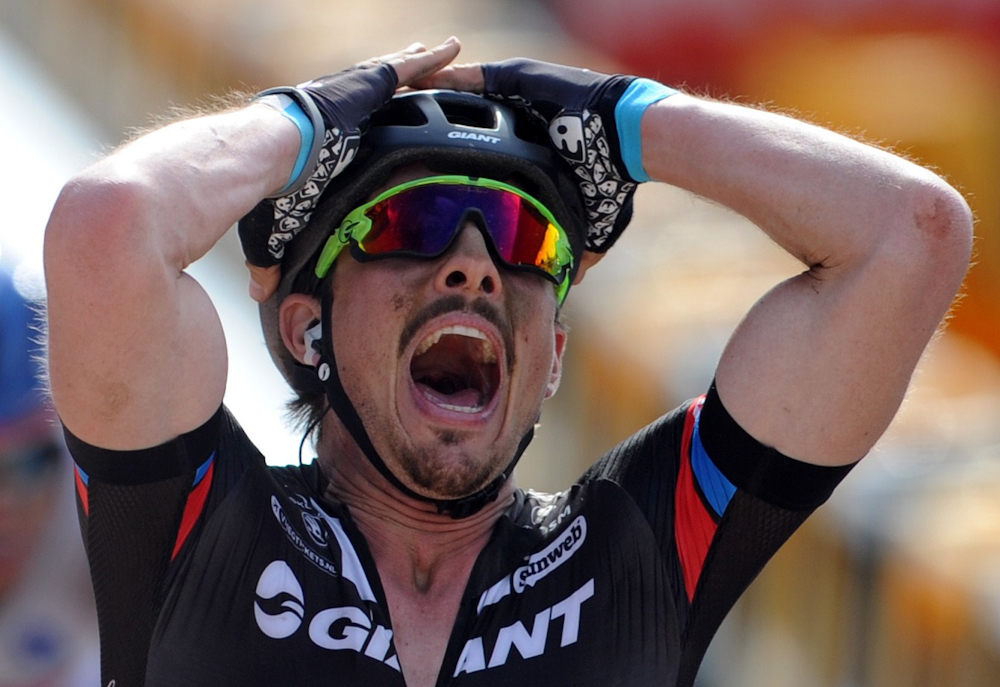
There's no race quite like Paris-Roubaix, at once beautifully simple and incredibly complicated. Here, four former winners explain what it takes to survive and succeed in the Hell of the North.
MATHEW HAYMAN
2016 winner
"Knowing the roads and having a familiarity with all the sectors is key. In the Tour of Flanders you race over those roads all year but in Roubaix those sectors only come around once, maybe now and then in the Tour, so I've built up a bit of a repertoire there. I've finished the race 15 times and I've done recon maybe another 15 times. It takes a little while to learn the intricacies but after a few years you can pick up a hell of a lot.
"That can be both an advantage and a disadvantage. I know every corner where someone has crashed or where I've punctured in the past. That can make you more tentative because there are quite a few corners that can be dangerous in Roubaix. Sometimes I've backed off even when there's been no reason to do so.
"The advantages are that you save energy and you know what corners are coming up, and which ones you need to be at the front for. Roubaix is one big slog and it's about conserving energy. You've got to weigh up each sector when it comes to how much energy you spend moving up. You don't want to save all your energy and end up racing at the back.
"A lot of the efforts are done in the sprints for positioning and often when you get onto the cobbles near the front you save so much energy. The massive advantage I had last year was that I was in the break and didn't have to do any of the high-end efforts until the break was caught at the second feed."
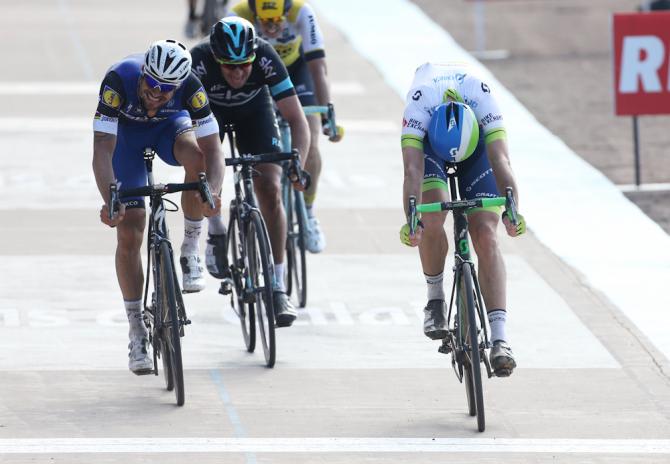
Mathew Hayman just beats Tom Boonen on the line at the 2016 Paris-Roubaix (Getty Images Sport)
Get The Leadout Newsletter
The latest race content, interviews, features, reviews and expert buying guides, direct to your inbox!
TOM BOONEN
2005, 2008, 2009, 2012 winner
"You don't choose the moment to attack: it arrives and you take it or you don't. You're watching your rivals, how many team-mates they have… The moment when the race goes really hard and you're almost dead? Then you know your opponents are almost dead, too, but there's never a single moment.
"You don't always make the right choice but you handle the circumstances in the best way you can. One year I arrived back in the front group after a broken wheel and I was so f*cked with adrenaline. There was a break and I had the sensation that we didn't have control of the race so I went after them straight away. You also have to handle the emotions a little bit.
"The best thing is when you're always in control of the race and you have a good view of everybody and then you can make the best decisions. It's the only race where you can attack early on your own. Attacking at 60km in Flanders would be suicide but in Roubaix you can do it; I think it's the only race in modern cycling where you can go solo from a long way out. You have guys chasing you fast on the asphalt but they will drop back on the cobblestone sections. Riding alone on the cobbles you don't lose that much speed as when riding on the Paterberg or the Kwaremont for example; you can spread your effort more easily. You have to calculate all the time as well, seeing if the other riders have team-mates and so on. It depends on a lot of factors - you can't do the same thing every year."
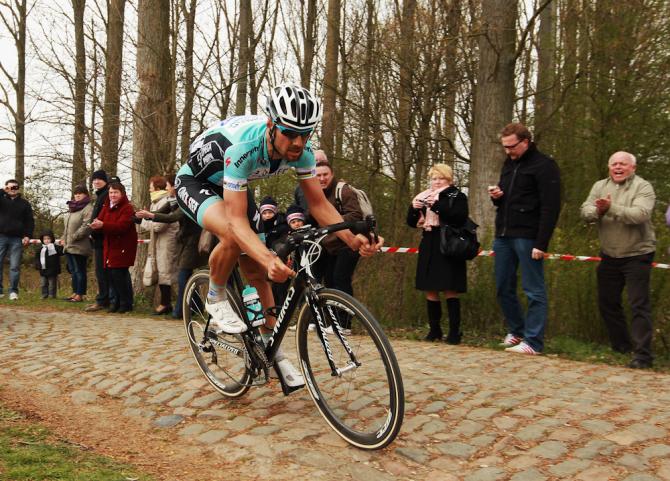
Tom Boonen en route to his fourth Paris-Roubaix win in 2012 (Getty Images Sport)
STUART O'GRADY
2007 winner
"At Roubaix you can have 15 different plans and you'll always end up doing something different. It's very rare that a plan will work 100 per cent but they're in place so that people know their jobs at the start. Hopefully then the better, more intelligent riders can be flexible and adapt.
"Once the racing starts the director's car can be 800 metres to two kilometres behind so you're completely out of radio contact and going by gut instinct. That's where nothing counts like experience when you're just able to play the cool, patient hand and use up the young guns.
"If you can get a team-mate up the road at the start, that's massive. When I won I had two with me, and I didn't have to ride at the front because there was a huge group of us [33 riders]. Suddenly the guys behind the team leaders can relax, too. It really relieves a lot of the stress and pressure.
"It also gives you the upper hand if you can get a team-mate past Arenberg who, if he wasn't in the breakaway, would never be there. That's massive. Any team-mate you've got left after the Forest, it's like one man is worth 10.
"You must also ride super smart. That means trying to stay out of the wind like any major Classic but you've also got to fight to stay in the top 10 on every cobbled sector. To me it didn't matter whether a sector was five-star or one-star. You imagine that every rider in front of you is another obstacle, another crash possibility, another dropped water bottle. Treat every sector as important, never lose focus, and always try to stay at the front."
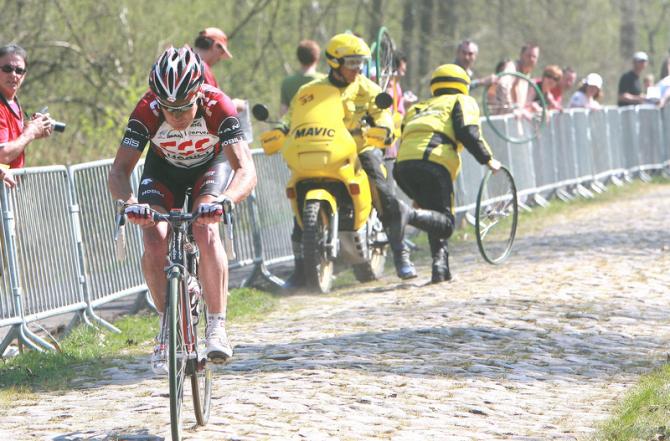
Stuart O'Grady in the Arenberg on his way to winning in 2007
JOHN DEGENKOLB
2015 winner
"There isn't really a way to save energy. You have to race and you need to be sharp just in order to be in the right position. There's no possibility of saving energy because when the important guys start going you need to be there and you can't afford to hold back. If you lose the front of the race then you're not going to be sprinting for the win.
"When it comes to the sprint, it's super tough. You're not sprinting on a truly aerodynamic bike. If feels like sprinting on a tractor and the whole experience is different. You've got bigger tyres, less pressure, and the bike is more compliant, not as stiff as you're used to. Also your legs aren't as fresh or powerful after such a long race.
"There's nothing I'd really do in terms of preparing for the sprint. The main point to remember is that you need to stay focused and stay sharp because there can always be a late attack. Not everyone wants the race to end in a sprint and a late move is always dangerous.
"When you enter the velodrome in the front group, the feeling is amazing. When I did, it still felt like I had something left, that I had a certain punch in my legs. One thing I remember is that you need to make sure that you're not boxed in. You want the sprint to be as clean as possible. You never know what's going to happen but you need to trust in yourself and you can't be afraid of failure.
"Having some track experience helps with sprinting in the velodrome. A lot also depends on who you're with. Normally when you come out of the last corner that's the moment you need to start. If you go from any earlier then it's too far out."
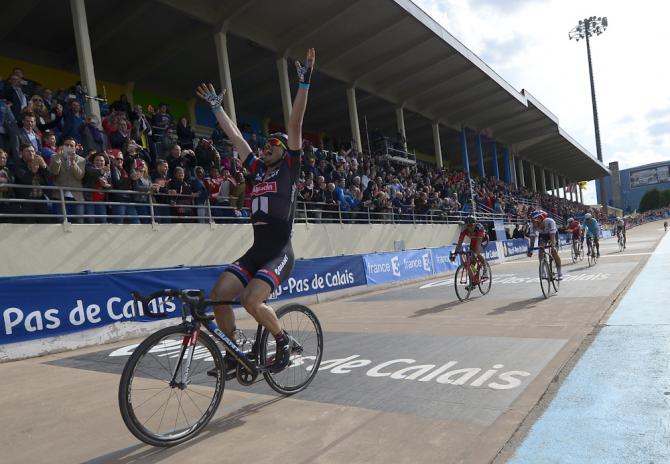
John Degenkolb wins the 2015 Paris-Roubaix (Getty Images Sport)
Daniel Benson was the Editor in Chief at Cyclingnews.com between 2008 and 2022. Based in the UK, he joined the Cyclingnews team in 2008 as the site's first UK-based Managing Editor. In that time, he reported on over a dozen editions of the Tour de France, several World Championships, the Tour Down Under, Spring Classics, and the London 2012 Olympic Games. With the help of the excellent editorial team, he ran the coverage on Cyclingnews and has interviewed leading figures in the sport including UCI Presidents and Tour de France winners.
